Commissioned by Snowchange Cooperative (Finland). Published here and full story hereThe Bhavani is a river that holds deep cultural, religious, ecological and economic significance for the people who live along its course. But, whilst it is still considered sacred by some, the river is deeply impacted by stressors including the depletion of natural wealth, the impacts of hydro dams and increasing climate variability.
These stressors are forcing people living along the Bhavani to constantly adjust their livelihoods, which largely depend on agriculture, forestry, fisheries and livestock. While wildlife and non-human species are forced to undertake adaptations of their own.
The project is communicated using maps, photographs and field reports from along the Bhavani. The project looks into the history, current threats to the river basin and the potential for future restoration actions of the kind underway in watersheds in other parts of the world.
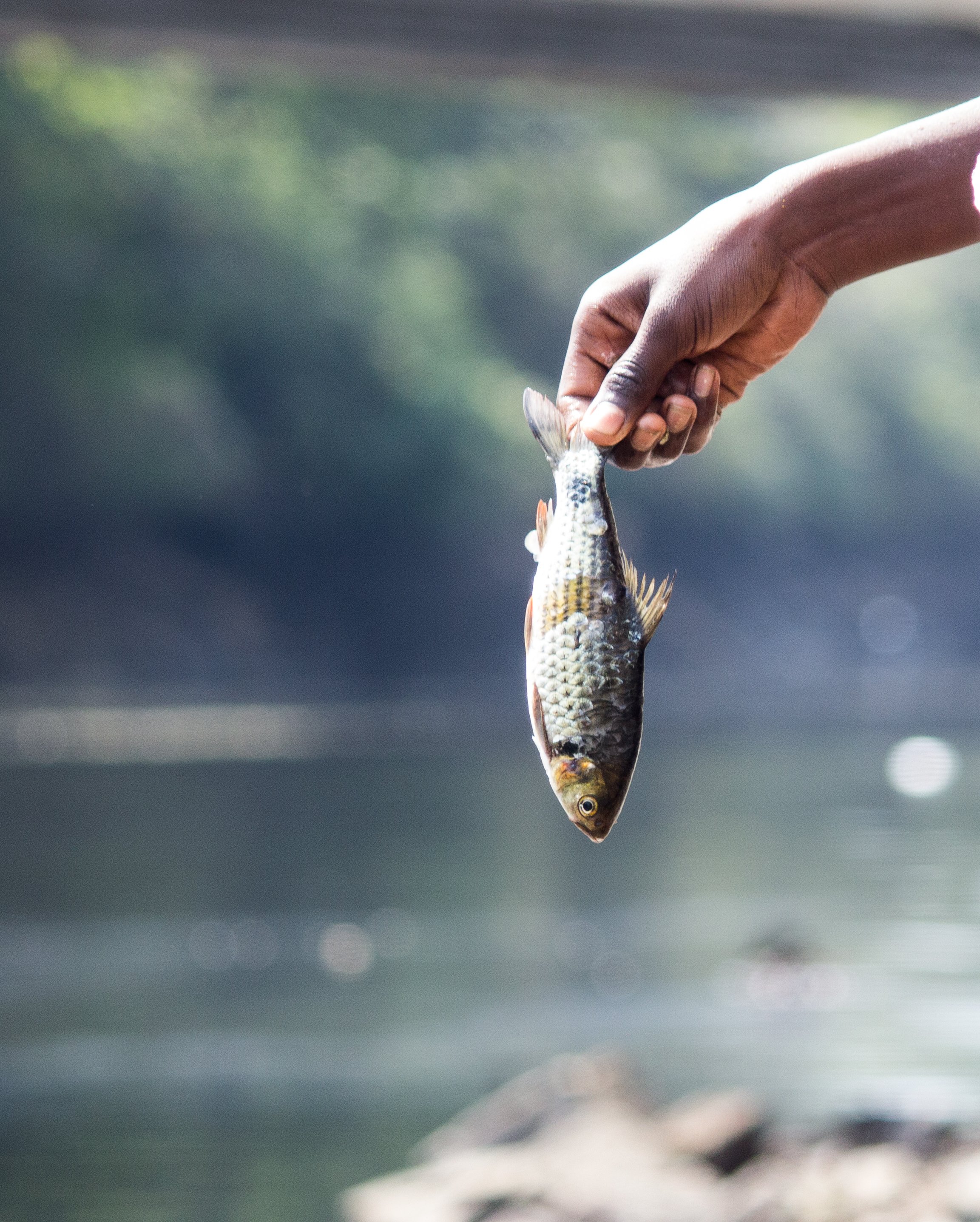

Irrigation systems supply water not only for the main fields, but also for garden cultivation and for livestock. Other productive uses may include fishing, harvesting of aquatic plants and animals. Some non-productive uses may include laundry, bathing and domestic supply. fish production within irrigation systems and, in particular, opportunities for poor people to derive a livelihood benefit from this activity.

The main source of water for irrigation comes from the Bhavani river. A Lower Bhavani Project Canal built in 1950s main canal feeds Thadapalli and Arakkankottai channels which irrigate the cultivable lands.
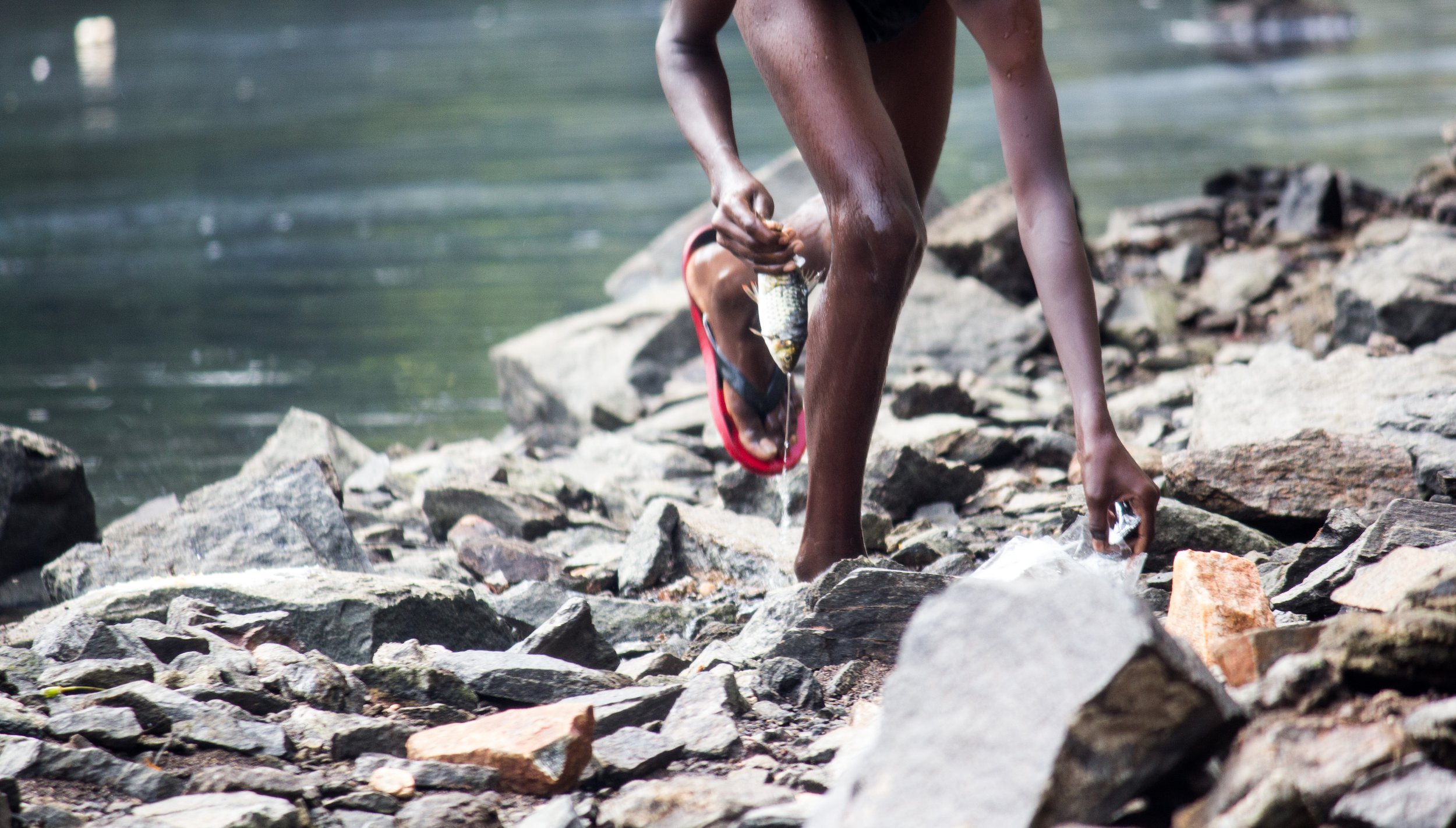
Jalebi, regarded the most widely farmed freshwater fish in the world, is known to resist diseases and is highly adaptable. Kids and older fishermen cast nets and fishing lines in the Bhavani irrigation Canal to catch them.


Bhavani Sagar Dam, lower Bhavani.


Fishermen fishing in a coracle at Bhavanisagar Dam reservoir.


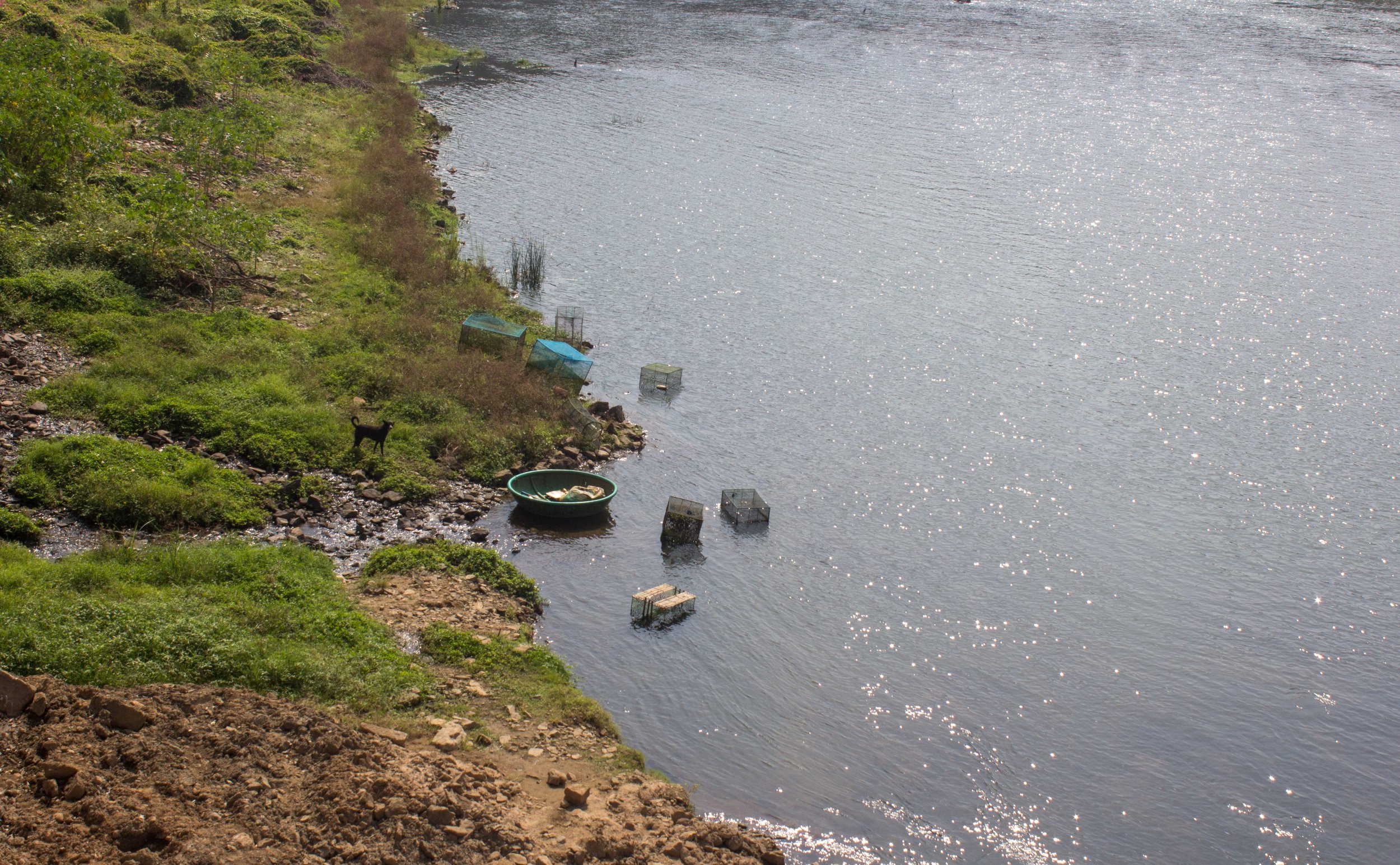


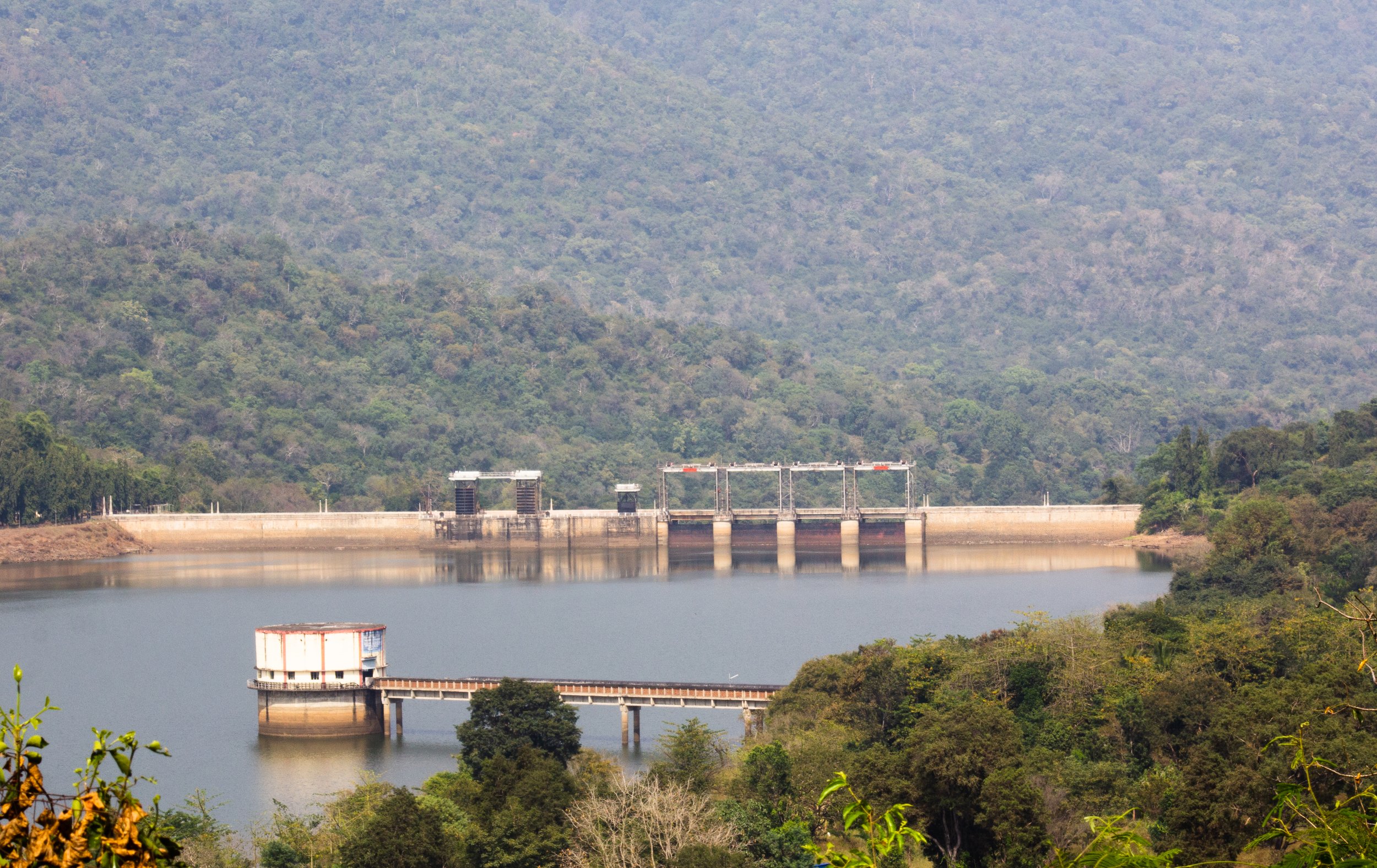
Pillur dam was built in 1961-1967 across Bhavani River for the purpose of storing water. The maximum water storage capacity in the catchment area in 100ft. In recent times there have been threats of flooding flow due to excess rainfall.

Pillur dam. Debris, dead trees and logs, plastic water bottles can be seen floating at the catchment area.


Elachavazhi, Attapadi. Sarojini, a farmer belonging to the Irula tribe tends to her crops mid-afternoon. She says she mainly grows bananas, and some amaranth that she grows for home. Amaranth seeds are powdered and made into flour.

colleagues who work as electricity linemen in the village cross River Bhavani to get to their work. They are seen using their poles to check the depth of water before crossing.
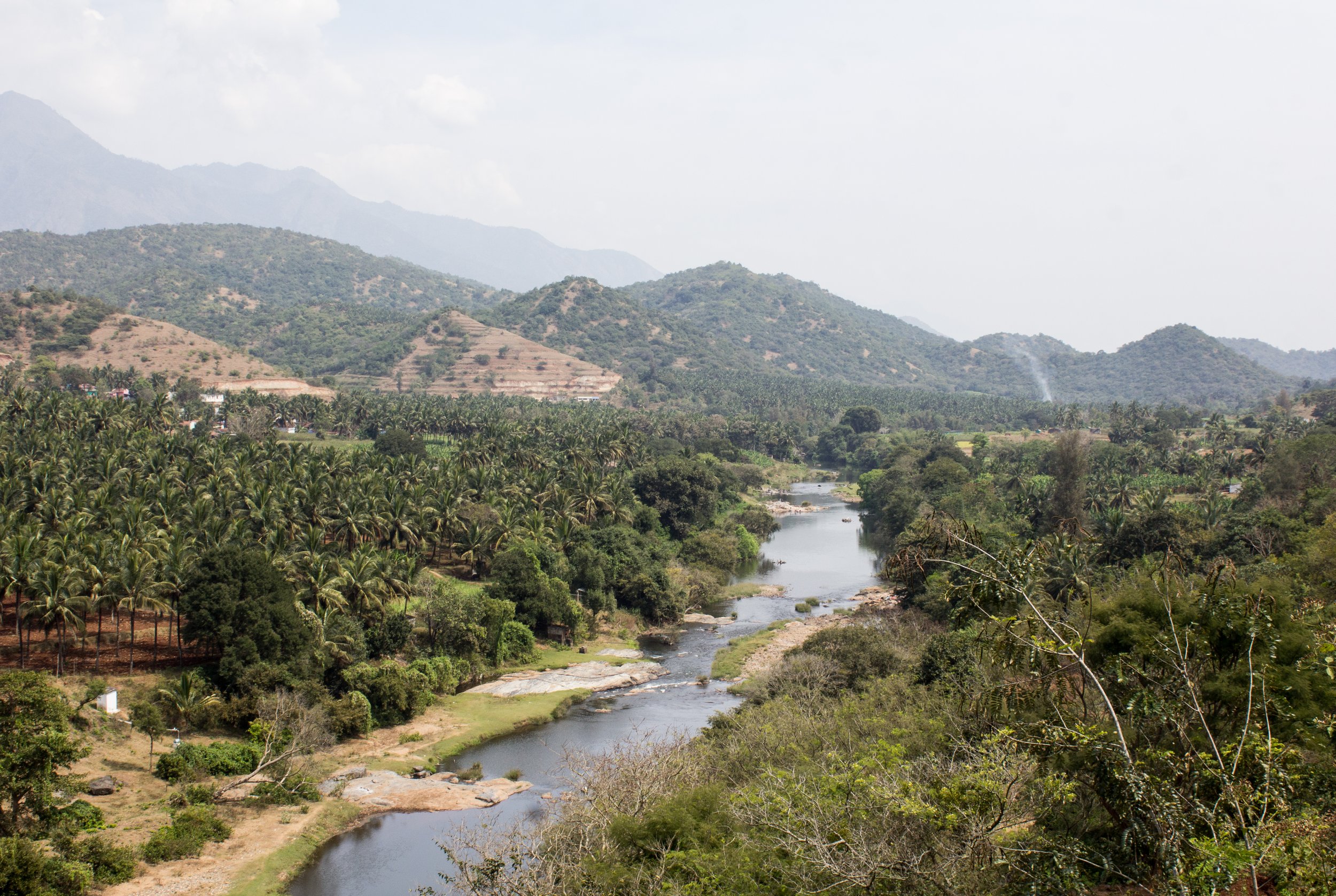


Agriculture practices consist of growing cash crops such as banana, coconuts, cassava and dragon fruit.

Coonoor-Kotagiri road, Tamil Nadu. 2022 The region around Ooty and Coonoor Large areas of land were once abundant in marshlands and grasslands that soaked up rainwater water and released the excess into the rivulets. ‘Valley bogs’ are the source that feeds River Bhavani though the rivulets. They have been converted into plantations to grow tea, acacia and eucalyptus for commercial purposes. Besides the effects of unregulated tourism, these lands face degradation through mismanagement of land.




View from the Southwestern ranges of Nilgiris, which overlooks Attapadi forest regions and follows into the dense forest of silent valley in Kerala.

A woman in Allanallur washing clothes in the river. The water from River Bhavani has multiple uses, drinking, washing, for irrigation. Clothes are washed and dried on the hot rocks of the river. In another areas a family was seen having a picnic along the banks of the river.